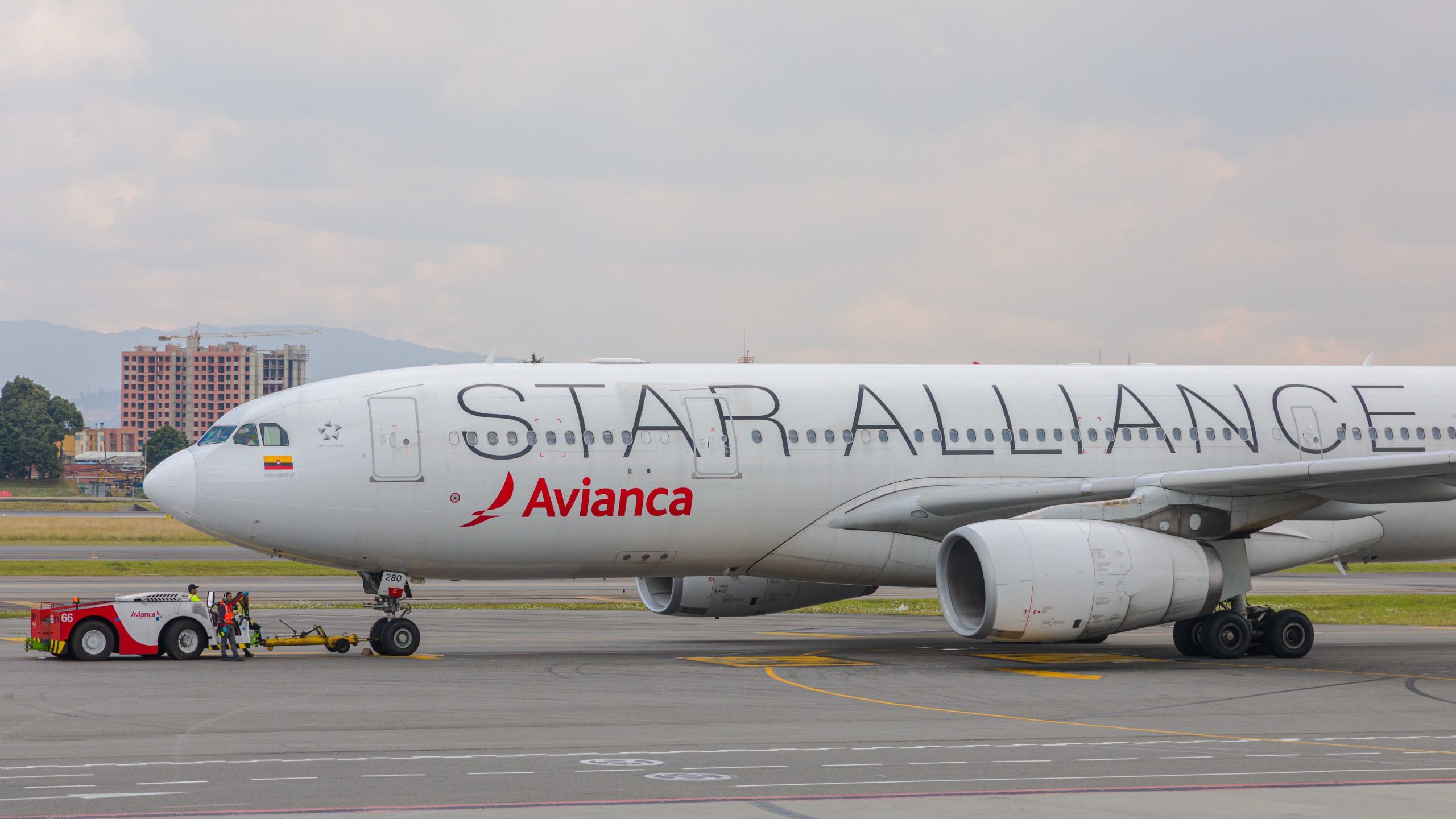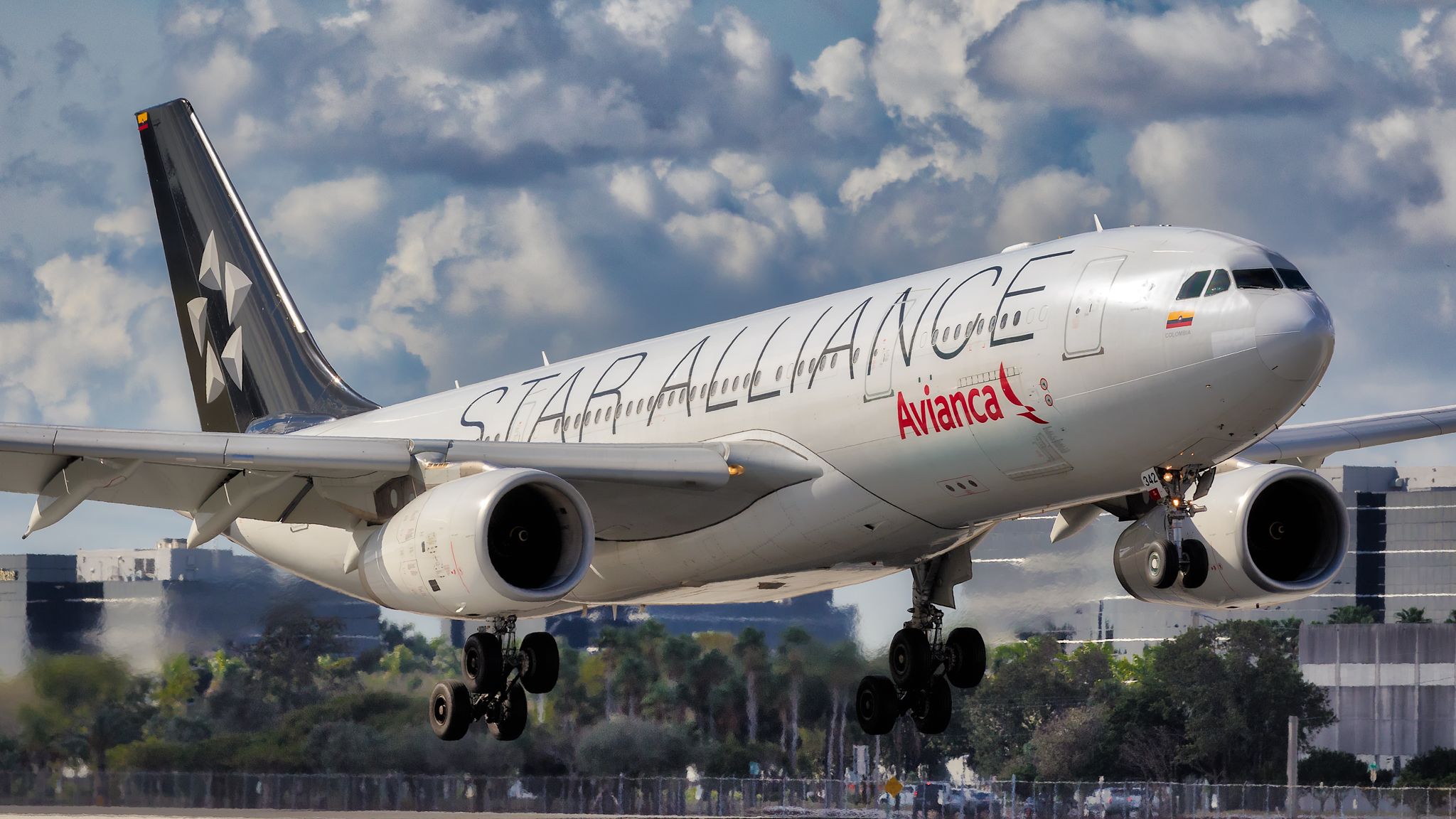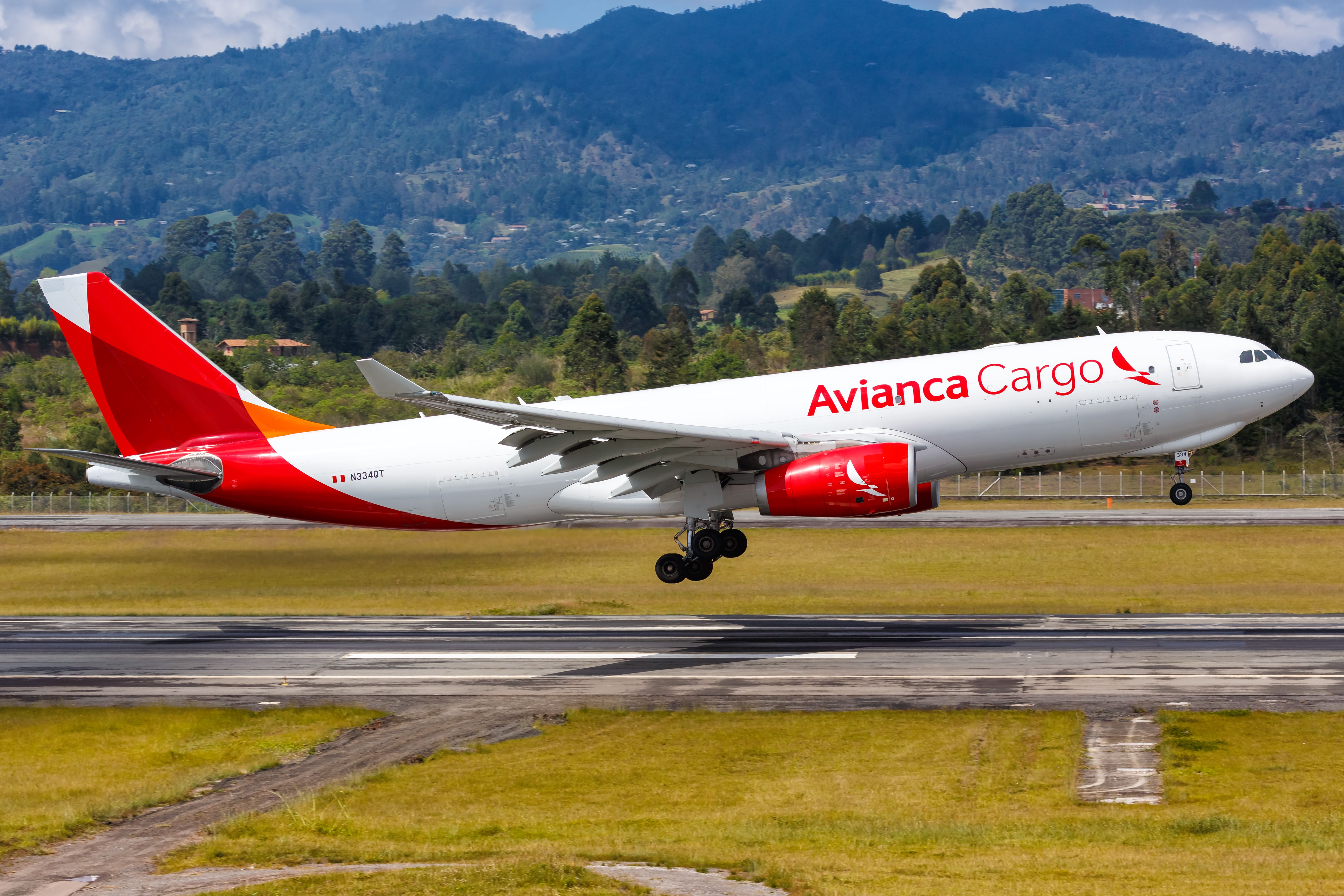Summary
- Avianca is converting two retired Airbus A330-200s into freighters to expand its cargo division’s capacity. Expected entry-to-service is next year.
- Avianca is focusing on developing its cargo capabilities and has already seen success in its cargo division, outperforming rivals this year.
Avianca will convert two of its retired Airbus A330-200s into freighters, with an expected entry-to-service next year. The Colombian flag carrier ferried its first A330 for conversion earlier this month.
Avianca to add two A330-200P2Fs
As first reported by Cargo Facts, Avianca’s two retired widebodies will join Avianca Cargo’s fleet as passenger-to-freighter (P2F) conversions. The first A330 arrived at Mobile Aerospace Engineering in Mobile, Alabama, ahead of its conversion with German firm Elbe Flugzeugwerke (EFW) and eventual redelivery in 2024.
The airline retired its last two A330-200s in February this year, but is eager to expand capacity at its cargo division. Two of its remaining jets are in storage at Cali Airport (CLO), and the other is in Medellín (MDE). Avianca received its first A330 in 2008 before conducting the type’s final passenger flight on February 16th, from Santiago de Chile (SCL) to Bogota El Dorado (BOG).
About N342AV
The first A330-200 to be converted (registration: N342AV) was delivered new to Avianca in 2012 and served the airline for around a decade before its retirement in August 2022. After spending a year in storage in Cali, the aircraft arrived in Mobile, US, on September 11th, ahead of its conversion.
The jet is powered by two Rolls-Royce Trent 700 engines and was configured to seat 30 business and 222 economy travelers in its days as a passenger plane. At just 11 years old, it will prove a shrewd asset to the Avianca Cargo fleet for many years.
Cargo ambitions
The Colombian airline is focusing on developing its cargo capabilities – it currently operates six Airbus A330-200Fs, to be joined by the aforementioned A330-200P2Fs and two more A330-300P2Fs. The carrier also struck a deal last year for four A330-200(P2F) and an A321P2F, but it isn’t clear if this agreement is going ahead.
Photo: Markus Mainka / Shutterstock
According to a ch-aviation report, Avianca’s chief operating officer (and former Avianca Cargo CEO) Gabriel Oliva said the carrier chose P2F conversions due to a lack of availability of new mid-size freighters. With aircraft manufacturers struggling to match demand for new aircraft, freighter conversions are seen as an economical and immediate option to boost capacity.
Gabriel Oliva commented,
“We are really proving that we are serious about our cargo strategy. So customers are tendering their cargo. We have a lot of room to grow still, regardless of the softness.”
The investment in Avianca Cargo has already paid off, with the cargo division significantly outperforming rivals this year, according to a Freight Waves report. This has included expanding and modernizing storage and handling equipment, with more than half its freight being perishable goods, such as meat, vegetables and flowers.
What do you think about Avianca’s passenger-to-freighter conversions? Let us know in the comments.
Source: Cargo Facts, ch-aviation, Freight Waves



